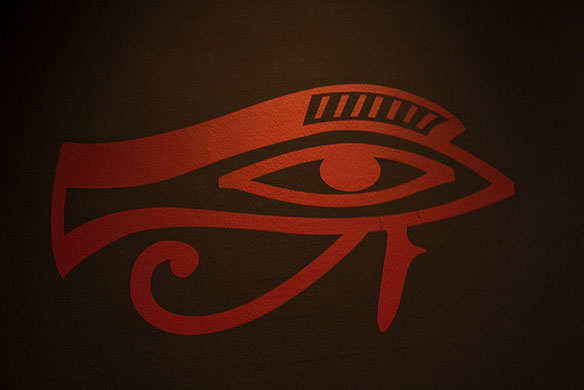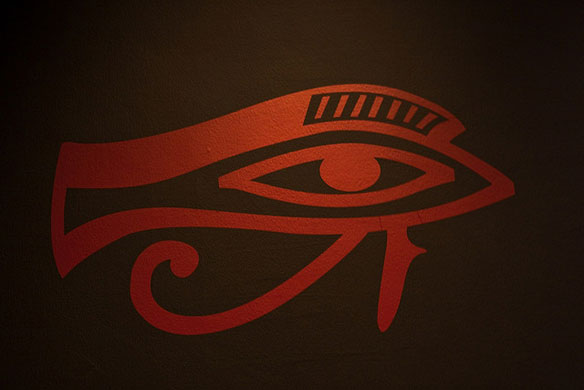
The Eye of Horus is an ancient Egyptian symbol of protection, and the right eye of Horus was associated with the sun Ra. Ancient Egyptian and Near Eastern sailors would frequently paint the symbol on the bow of their vessel to ensure safe sea travel. Caption Wikipedia. Photo source: ©© Quikwhitefox86
Excerpts; from Guardian UK
In 10 days’ time, 195 parties and 17,000 delegates will descend in Durban for the latest UN round of global climate talks.
Africa is the continent most vulnerable to climate change, because of its vastness, its poverty and its diversity. Its people also stand to lose the most because they have the least resources to adapt.
Ahead of the talks, John Vidal embarked on a journey between Africa’s two most industrialised countries – South Africa and Egypt. The route included one of Africa’s poorest nations (Malawi), its newest (Southern Sudan), its hungriest (Ethiopia), visiting some of its most remote tribes (in Uganda and Kenya), highest mountains (Uganda) and coastal areas (South Africa). All countries are experiencing climate change in different ways, and preparing and adapting at a different pace. But for all, the stakes are high, and the agreement is unanimous: climate change is real and it is happening.
This is the first in a series of articles recording that journey.
“Just a few miles north of where I am now standing, the Mediterranean is remorselessly battering the Egyptian coastline. Salt is leaching into the rich soils and invading the drinking water wells, 1,000-year-old homes are being eroded from below and hundreds of square miles of land have been inundated by rising water in just a few generations. Sea levels are inexorably rising and storms are becoming more intense…”









